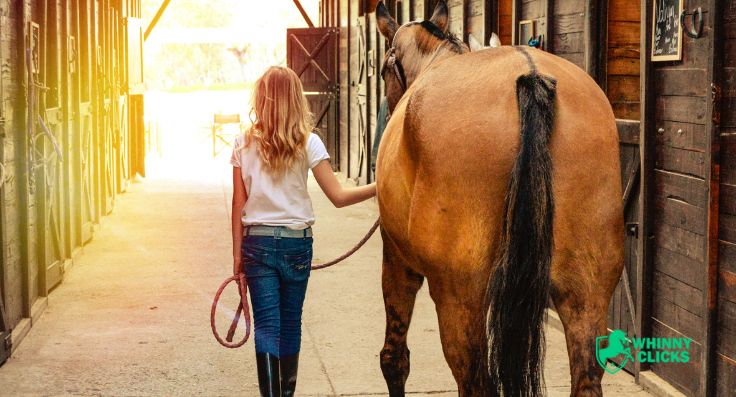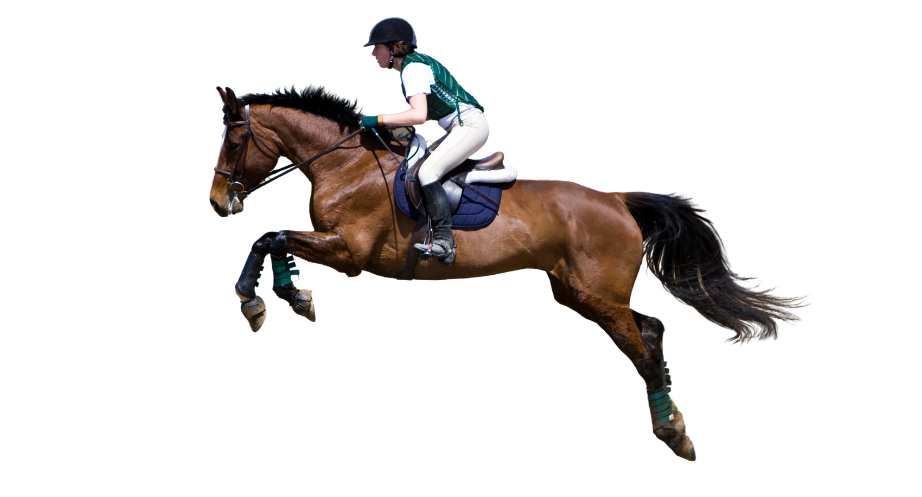How Much is Horse? Maybe More Than You Think
Wondering how much a horse costs? You’re in the right place! There are many variables when it comes to horse ownership and how much you can expect to pay for a horse depending on your lifestyle, type of horse, and future goals. This article will cover many of the variables of horse ownership along with examples.
Initial Horse Purchase Cost
Buying a horse is typically the least expensive part of horse ownership. Horses will range anywhere from free to millions of dollars for an Olympic-level mount. I know, I know – this leaves a wide range for pricing! Many factors affect the price of the horse, including:
- Breed of horse
- Quality of training & show results
- Bloodlines
- Breeder reputation
- Current health state and age
We will cover how each of these factors can affect the price of the horse.
Breed of Horse
The breed of the horse can affect the price. For example, off-the-track Thoroughbreds can typically be bought for anywhere from $1,000 – $2,000. Wild mustangs can also be purchased for as low as a few hundred dollars. On the other hand, many Warmblood breeds demand a higher price tag, mainly due to inspection costs and breeding costs. Oldenburgs, Dutch Warmbloods, Hanoverians, and other warmblood types typically sell for around $10,000 for an untrained horse.
Get Unlimited Featured Ads for Only $6.95
Perfect for selling 1 horse, or 20!
Advertise your horse on WhinnyClicks and start connecting with potential buyers today! With our user-friendly platform and helpful resources, selling your horse has never been easier. Sign up now and take the first step toward finding the right buyer for your equine companion.
$6.95 unlimited offer only available for a limited time
So, you might be thinking – “if I can get an off-the-track Thoroughbred or Mustang for a lower cost, then why would I even want to consider a Warmblood?” This is a great question! Although Thoroughbreds or Mustangs can excel in Equestrian sport, it’s important to identify the type of work you have in mind for the horse. Many OOTBs come from a racing background and need retraining, which takes skill and patience. Mustangs also take an extreme amount of time and energy to tame and train. If your goal is to ride Grand Prix dressage, sometimes it is better to purchase a horse that was bred for the sport you intend to be competitive in.
Quality of Training & Show Results
The quality of a horse’s training can significantly influence the price of a horse. For example, a horse trained by a well-renowned trainer will typically be of higher quality than a backyard hobby rider. For example, a Grand Prix level horse will typically sell for more than a Training-Level horse in dressage. Other factors also need to be considered, such as correctness of movements, temperament, rideability and show results.
Show results can also affect the price of the horse. If the horse consistently scores well at shows and gets high scores, the buyer can be assured that the horse typically performs well at shows and is competitive. As an example, you can expect to pay $100,000 and more for a Grand-Prix level dressage horse, while a horse trained walk-trot-canter may go for a few thousand.
Bloodlines
A horse’s bloodlines can be a great indicator of whether a horse will perform well in the sport and indicators of the horse’s health and temperament. Depending on your discipline of choice, many lines may be more desirable than others to have in your horse’s pedigree. If a horse comes from ancestors who have great rideability, temperament, health, and show performance, they will typically command a higher price point.
However, bloodlines are never a guarantee. We all know that none of Secretariat’s offspring were even nearly as successful. There have also been plenty of high-performing horses who didn’t have famous performance horses in their past.
Breeder Reputation
Breeding high-quality horses is not only incredibly expensive but also very time-consuming. Many performance horse breeders dedicate their lives to learning about breeding and researching the best stallion matches for their mares based on many, many factors in order to get a foal that is an optimized version of both parents. A well-bred dressage foal typically runs around $10,000 – $20,000.
Current Health State and Age
This factor typically runs on a bell curve. Younger horses with less training will typically be less expensive. As the horse matures (up to around 15 years of age), the price increases with training and show experience. Once the horse needs significant health maintenance or retires, the price typically begins to start dropping.
We always recommend getting a vet check on any horse you intend to purchase. A pre-purchase exam will run around $1,000, but is better than spending tens of thousands of dollars and finding out later that something is critically wrong with the horse.
Monthly Horse Expenses
The initial purchase price is typically the cheapest part of horse ownership. Many other expenses go into horses, including monthly upkeep.
Horse Boarding
Depending on your living arrangement, you may choose to keep your horse on your own property, or have another stable take care of them through full boarding and partial boarding options.
Keeping your horse on your own property is typically your cheapest option if you do all of the work. You can expect to pay around $400 – $500/month for your horse’s upkeep if you do the labor and keep your horse on your own property. This price also depends on hay and grain prices in your area.
Full boarding is typically an all-inclusive option that includes feed, hay, stall cleaning, turn-in/turn-out, and sometimes more. This option is best for busy horse owners who want to enjoy their horses, but do not have time to be there all day to take care of them. You can expect to pay $800+/month for full-board (depending heavily on your location and facilities offered at the facility).
Partial board typically covers a stall and basic care of the horse. You typically provide hay and grain for the stable to feed. This gives you flexibility on the type of hay and grain you would like your horse to be fed. Partial board can run anywhere from $250 – $500/month and hay and grain price on top of that.
Shoeing
Horses need their hooves trimmed on a 4-6 week schedule, on average. Depending on your horse’s hoof health and type of work the horse is in, they may or may not need horse shoes. You can expect to pay $250 or more every 4-6 weeks for farrier labor and horse shoes. A trim will be less.
Vet Expenses
In the case of an emergency, vet visits can be extremely costly. Your horse will need vaccines yearly, as well as coggins which are a few hundred dollars. Emergency visits can range from $500 to thousands depending on the issue.
Riding Lessons
You NEVER stop learning with horses. Even the most elite equestrian athletes take lessons and coaching on a daily, weekly, or monthly basis. Lesson prices typically vary depending on the experience of the instructor and discipline the instructor specializes in. You can expect to pay anywhere from $50 to over $200 for a 45min – 1hour lesson.
The Bottom Line
As you can see, owning a horse can be extremely expensive! We always recommend doing the math and coming up with a smart budget based on your household income so that you can ensure you will comfortably be able to afford your horse for many years to come.



